Teaching preschoolers about interacting with animals is crucial for their growth and safety. Early lessons about animal interaction promote empathy, respect, and an appreciation towards nature. Below are some effective strategies for teaching young children to interact with animals safely.
Understanding Preschoolers’ Developmental Stage
Preschoolers, between 3-5yrs, are in a vital phase of their early development. Their innate curiosity drives them to investigate their surroundings. Nevertheless, due to their limited comprehension of boundaries and animal behaviour, they require direction to foster positive interactions with animals.
The Role of Parents and Educators
Parents and educators play a significant role in modelling appropriate behaviour and providing hands-on experiences. Here are some practical strategies to teach preschoolers about interacting with animals:
Teach Basic Safety Rules

Establishing fundamental safety guidelines is crucial to prevent accidents. Instruct children to:
- Always seek permission from an adult before getting close to an unfamiliar animal.
- Refrain from making abrupt movements or loud sounds in the presence of animals.
- Avoid tugging on an animal’s tail, ears, or fur.
Use Books and Stories
Children’s books and stories featuring animals can be an engaging way to teach preschoolers about proper animal interaction. Stories can illustrate concepts like gentle touch, respecting an animal’s space, and recognising when an animal wants to be left alone.
Introduce Gentle Touch and Body Language
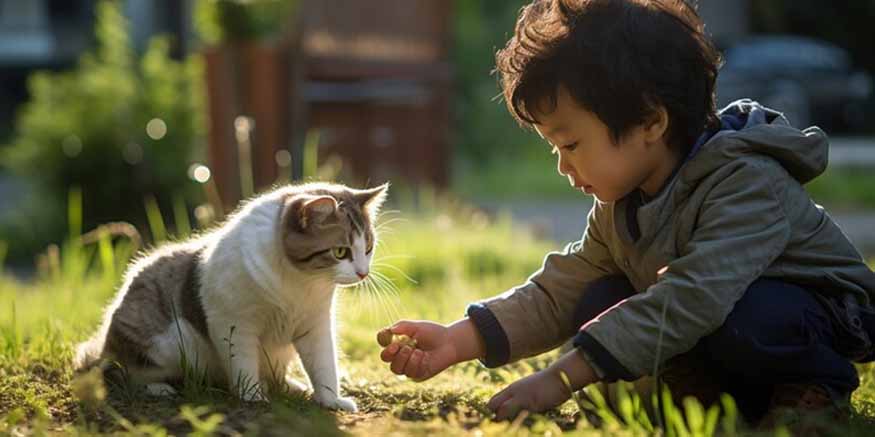
Instruct preschoolers on the correct way of gentle interaction with animals and help them recognise animal body language. Make them understand that animals express their emotions through physical cues. For instance, a dog with a wagging tail is likely a joyful feeling, whereas a cat with flattened ears may be experiencing fear. Engage the children in practising gentle touches using stuffed animals or through role-playing scenarios.
Hands-On Experiences with Supervision
Under close supervision, providing hands-on experiences with animals can reinforce lessons about respectful and safe interactions.
Petting Zoos and Farms
Visiting petting zoos or farms is one of the best ways for children to interact with animals in a controlled environment. It is essential that these experiences are supervised, and children receive proper instruction about gentle approach towards the animals.
Family Pets
Encourage preschoolers to take care of their family pets. Instruct them to be gentle and respectful of the boundaries while feeding, grooming, and playing with the animals. This practical involvement fosters an understanding of the responsibilities associated with pet ownership.
Encouraging Empathy and Respect
Fostering empathy and respect for animals is one of the key aspects of teaching preschoolers about interaction.
Discuss Animal Feelings

Engage preschoolers in a discussion about the emotions of animals. Tell them that, similar to humans, animals also experience feelings such as happiness, fear, and pain. Illustrate familiar examples of animals’ reactions to various circumstances. For instance, compare a dog wagging its tail when it is happy to a child smiling when they are joyful. This can help children understand the importance of treating animals kindly and with consideration. Encouraging them to imagine how an animal might feel in various scenarios can deepen their sense of empathy and responsibility.
Role-Playing and Games
Role-playing and games can transform the learning experience regarding animal interactions into an enjoyable and captivating activity. Preschoolers can gain insights into interpreting and respecting animal behaviour by taking on the roles of various animals and alternating interactions as they naturally occur. This imaginative play allows children to empathise with animals, effectively stepping into their roles. Incorporating a diverse range of animals in the role-play can educate children about various ways of animal communication, their emotions and needs. Furthermore, utilising stuffed animals or puppets can enhance the activity, making it more dynamic and memorable, while reinforcing educational concepts in a fun and interactive way.
Educational Resources and Activities
Leveraging educational resources and activities can further reinforce lessons about interacting with animals.
Animal-Themed Crafts
Involve preschoolers in craft-making activities centred around animals. Making animal masks, colouring pages, or constructing animal habitats with blocks can be enjoyable and informative.
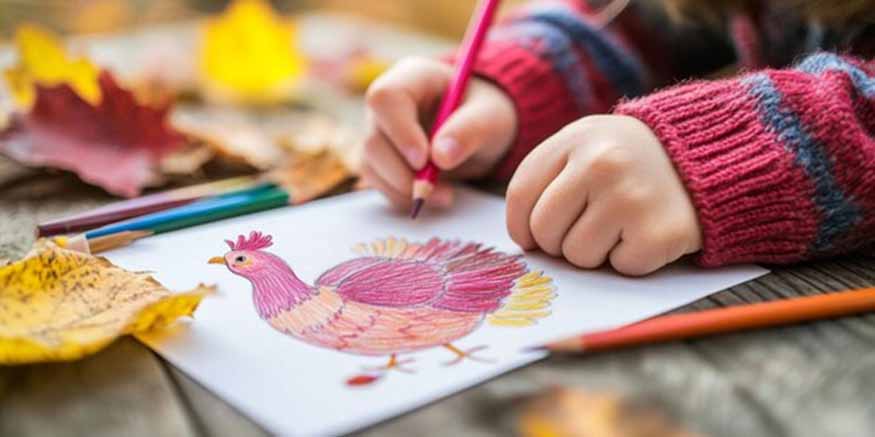
These activities also allow for discussions about animal behaviour and care. Furthermore, arranging weekly craft sessions focused on different animals can enhance their understanding and interest towards animals. This interactive method can create a more concrete and lasting learning experience for young children.
Videos and Interactive Media
Educational videos and interactive media are effective tools for visually showing safe interactions with animals. It is important to select the content suitable for the target age group, highlighting positive animal interactions while providing essential safety guidelines. Additionally, interactive applications and games tailored for preschoolers can be effective. These digital platforms frequently incorporate interactive features that enable children to care for animals. Additionally, they reinforce the concepts of empathy, respect, and appropriate interaction.
Common Challenges and Solutions
Teaching preschoolers how to interact with animals can present various challenges. Below are some typical difficulties and strategies for overcoming them:
Overcoming Fear of Animals
Some preschoolers may be afraid of animals but a gradual exposure, positive reinforcement, and modelling calm behaviour can help reduce fear over time. Encouraging small steps, like observing animals from a distance before moving closer can build confidence in them.
Managing Excitement and Impulsivity
Preschoolers can get overly excited and impulsive around animals. Setting clear rules, practising calm behaviour, and providing consistent supervision are essential. Remind children to use their “inside voices” and “gentle hands” to calm themselves around animals.
Conclusion
Teaching pre-schooler’s about animal interaction is crucial for their development, fostering empathy and respect while ensuring safety. By employing effective strategies such as modelling appropriate behaviour, using engaging educational resources, and providing supervised hands-on experiences, parents and educators can cultivate a positive understanding of animal interactions in young children.
For more such informative/interesting blogs, visit Mother’s Pet Kindergarten.


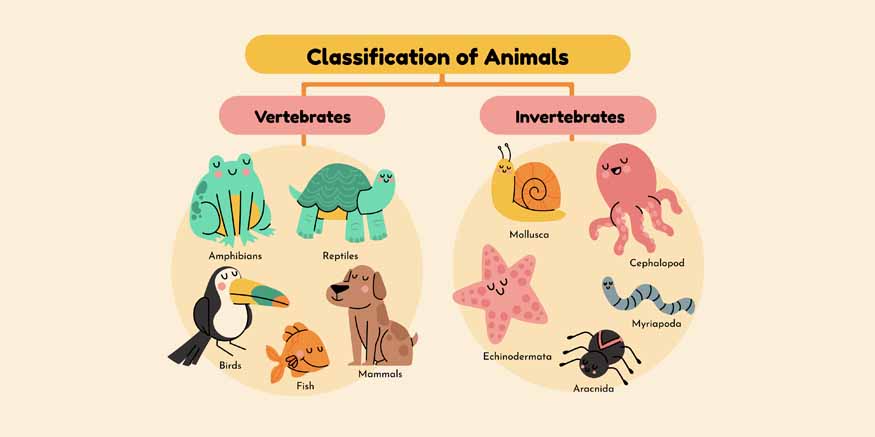



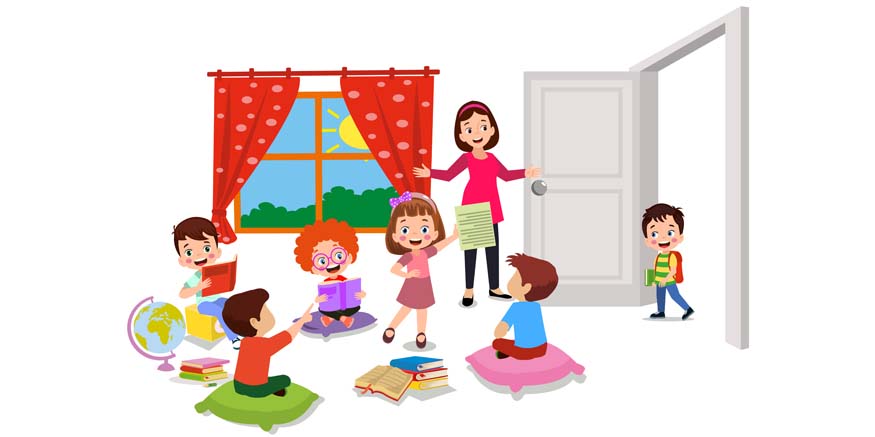



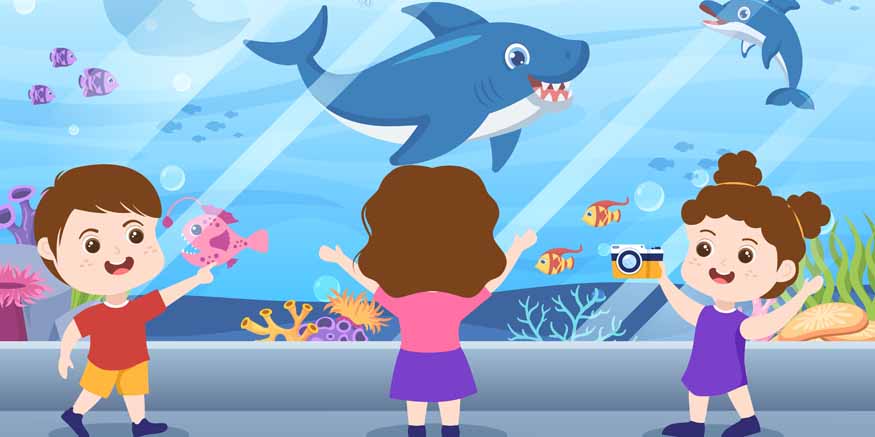
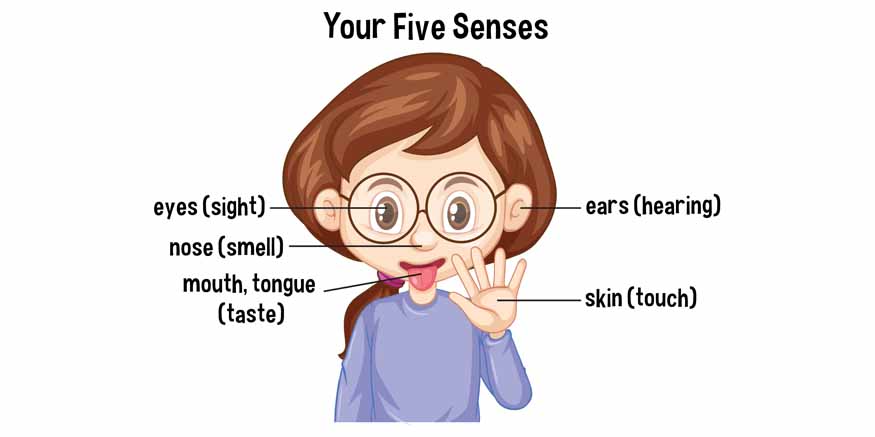

Recent Comments